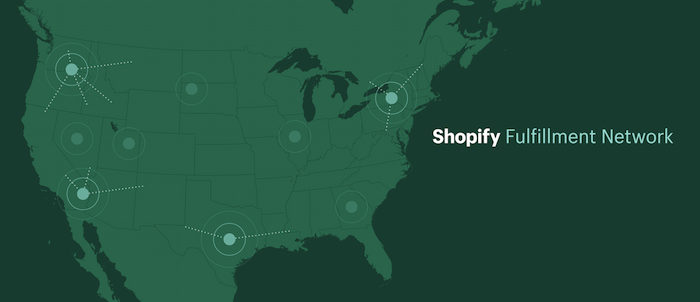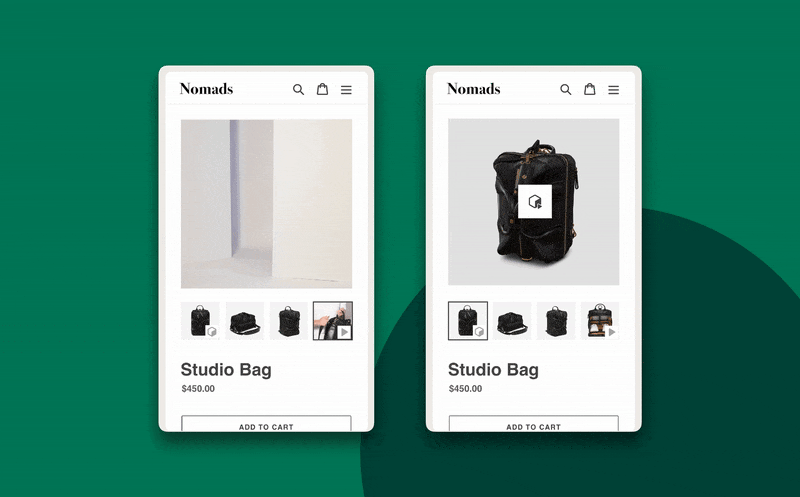What Shopify Unite 2019 Means to Ecommerce Retailers

How does Shopify make ecommerce easier for retailers? Consider this: it’s been nearly two years since the company introduced Shopify Flow, a tool to automate backend tasks for merchants on Shopify Plus. Last week at Shopify Unite, the company’s annual partner conference, they announced that retailers have used Flow to automate 1.85 billion tasks (ahem, yes, that’s billion with a *b*) since its debut. If we estimate each task at 30 seconds, that means retailers have saved a lot of time – 1700 years, in fact.
Shopify understands the pain points of ecommerce and works to solve them. As further evidence of this, Shopify Unite 2019 highlighted a series of announcements designed to ease and amplify life for ecommerce retailers. Here’s the latest news sure to benefit merchants on Shopify and Shopify Plus.
Shopify Opens More Pathways to Cross-Border Ecommerce

The team at Shopify kicked off their cross-border ecommerce news with an intriguing stat: 35% of all Shopify merchant traffic comes from international shoppers. To serve this global opportunity – and to grow it – Shopify announced that they are expanding multi-currency capabilities for all their stores.
In Shopify’s own words, “The selling in multiple currencies feature offers prices in that customer’s local currency—an experience that carries through to the checkout. This pricing automatically adjusts based on foreign-exchange rates and displays buyer-friendly prices with simple rounding rules. This feature currently supports 10 key currencies: GBP, AUD, CAD, EUR, HKD, JPY, NZD, DKK, SGD, and USD.” Sweet!
They are also planning to expand foreign language capability throughout the store. Now merchants can sell their products and run their Shopify site in French, German, Japanese, Italian, Brazilian Portuguese, Spanish, Dutch, Simplified Chinese, Traditional Chinese, Malay, Hindi, Swedish, Danish, Finnish, Norwegian, Korean, and Thai.
Video and 3D Capability Both Come Out of the Box

Last year we interviewed Daniel Beauchamp, the Head of AR/VR for Shopify, about selling in 3D and other futuristic topics. Well, it turns out the future has arrived faster than anyone imagined. As announced at Unite, all Shopify stores will soon have 3D video and support available out of the box. Merchants will still have to create their own 3D models (or work with a partner to do so), but once the models are ready, the Shopify infrastructure will be able to showcase products in 3D.
Why the push to be an early adopter of 3D selling? Well, in the lead-up to this announcement, the Shopify team noted that shoppers are more than twice as likely to buy a product when they can view it in 3D.
Additionally, video capability will also soon be out of the box for Shopify merchants. Look for these tools, both 3D and video capability, in the product section of the Shopify Admin later this year.
This wasn’t just an announcement; it was a theme of the entire three-day Unite conference. To give you a sense of the major overall that Shopify is bringing to its backend operations, take a look at this news:
Major Improvements to Backend Site Functionality

This wasn’t just an announcement; it was a theme of the entire three-day Unite conference. To give you a sense of the major overall that Shopify is bringing to its backend operations, take a look at this news:
- As every Shopify merchant can attest, the core building block of a Shopify site is “sections.” Until recently, sections were only available for editing home page content. Now, however, sections will be available ACROSS the online store. This will give retailers much more control over their site’s content on every page. Retailers can also bring apps into sections now.
- Shopify has also streamlined the editing process by allowing edits to the master page to transfer to multiple pages. For example, an apparel retailer can now add a sizing chart to the site master page, and the sizing chart will appear on all pages associated with the master page. In this past, this was a much more tedious, time-consuming process, as merchants had to upload the chart page-by-page.
- Change Shopify themes and maintain your content a.k.a. “content portability.” Again, a major time-saver here. If you decide you want to move to a new Shopify theme, you can seamlessly transfer your content now. This means that retailers no longer have to re-enter every piece of content manually if they change themes.
- Order editing: Soon retailers on Shopify will be able to edit a customer’s order AFTER they have placed it. So helpful.
- The icing on the cake with these announcements – as well as numerous others – is that Shopify has also improved site Drafts. Meaning: retailers can upload site changes and view them in draft-mode before taking them live. Nice!
The Big One: Shopify Introduces Physical Fulfillment Network

This was the biggest surprise of all the announcements at Unite. Shopify is rolling out its own physical network of order fulfillment locations across the United States. They created the network to compete against Amazon’s vast fulfillment machine. As Shopify describes it, the network will be powered by “machine learning to ensure fast, low-cost delivery.” The technology behind the network will also be able to “forecast demand, allocate inventory and route orders to the closest fulfillment centers.” Shopify Plus retailers will have access to the network via an app.
Historically, fulfillment centers have come with high barriers to entry for merchants. Especially for smaller retailers, the cost of fulfillment often negates the potential shipping savings. Additionally, fulfillment centers often have minimum product requirements that are too high. Shopify is aiming to fill this gap by creating warehouses that will accommodate merchants shipping anywhere from 10 to 10,000 packages a day, with plans to expand that range in both directions. Stay tuned for more details. We can’t wait.
Time and time again at Shopify Unite, the Shopify team demonstrates that they deeply understand the ever-changing challenges of ecommerce. In response, they offer efficient and creative solutions. We’re excited to keep working with Shopify and Shopify Plus.
